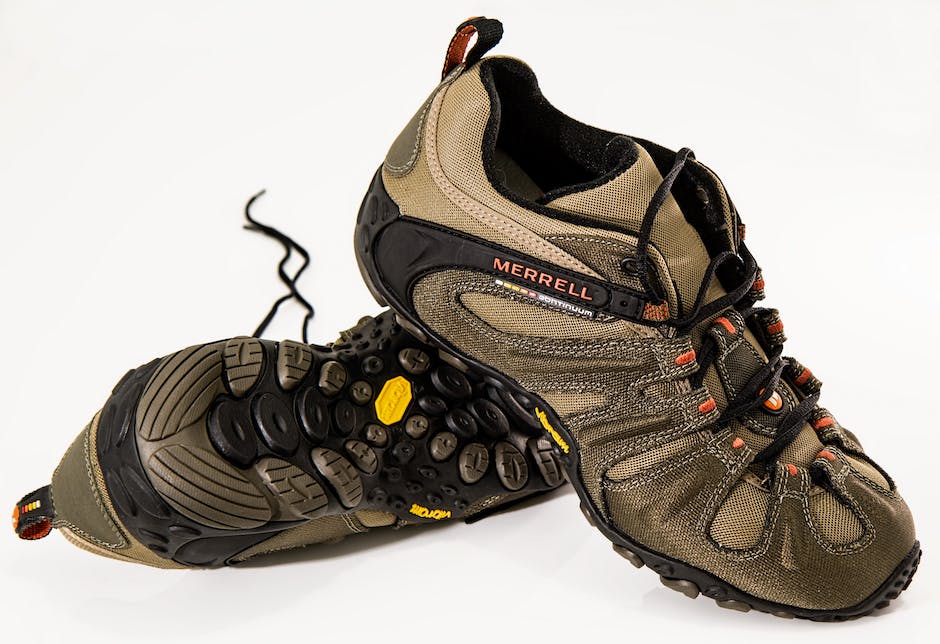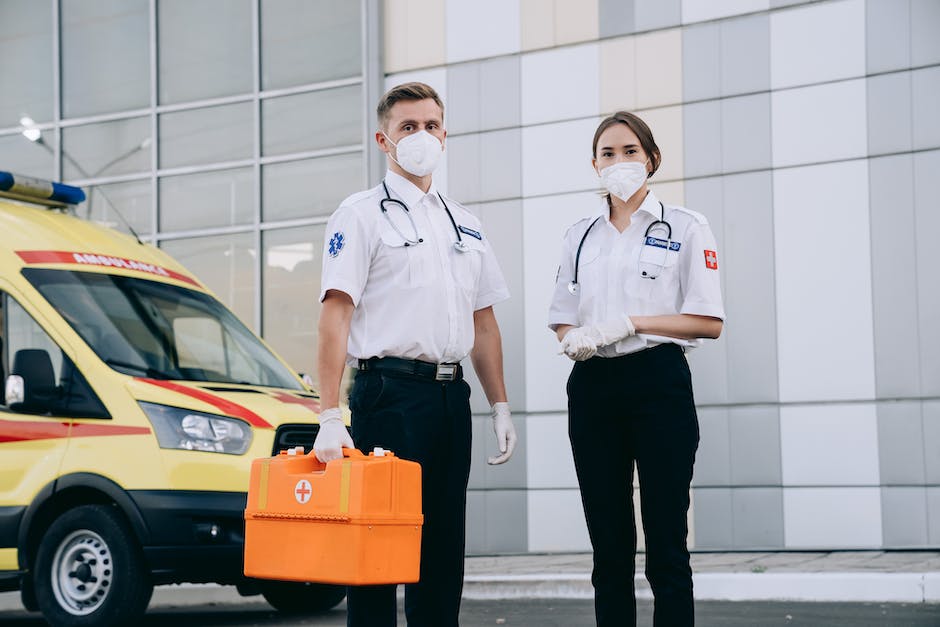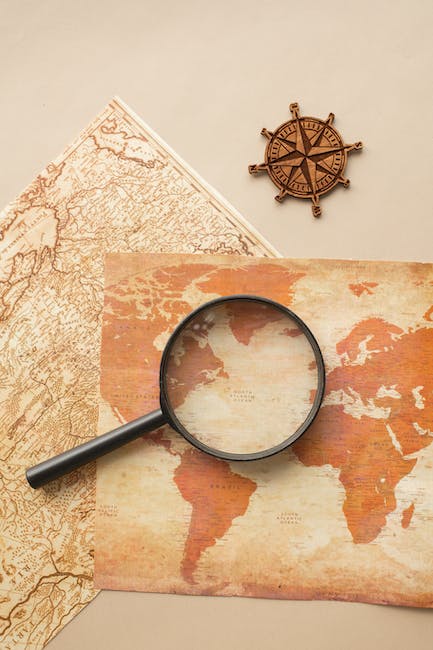Are you an adventure seeker who loves to explore nature and wildlife destinations all by yourself? If yes, then you must be aware of the challenge of packing your luggage for such a trip. It requires meticulous planning and preparation. You need to pack light and carry only the essentials. It is also important to keep the environment in mind while packing. In this article, we will give you some tips on how to pack for a solo trip to nature and wildlife destinations.
Research Your Destination

Prior to packing, it is important that you research your destination. The more knowledge you have about the local climate, terrain, and wildlife, the better you can pack your luggage accordingly. It will help you to plan the activities that you would like to engage in, and what kind of clothing you will need. For instance, if you are traveling to a place that is rainy and humid, you may want to pack quick-drying clothes and waterproof boots.
Pack Light

Packing light should be your top priority when you are preparing for a solo trip to nature and wildlife destinations. The last thing that you want is to be weighed down by your luggage, and your movement being restricted. Therefore, you should pack smart and pack only those items that are absolutely essential. A good idea is to pack only what you can carry on your back or in a small suitcase. Clothes that can be layered and mixed and matched can go a long way in reducing the number of items you need to pack.
Dress for the Environment

The climate and environment of your destination will determine the kind of clothes you should carry. You need to pack clothes that are appropriate for the activities you plan to engage in. For instance, if you are planning to go on a trek or a hike, good quality hiking shoes would be indispensable. Similarly, clothes made of breathable and lightweight material would be the best option. Also, consider packing a hat and sunglasses that will help protect your eyes from the sun. A raincoat or a waterproof jacket is a must-have in case of unexpected rains.
Protect Your Skin from the Sun

While spending time in the outdoors is good for your health, it is important to protect yourself from the harmful effects of prolonged exposure to the sun. Therefore, it is imperative that you pack sunscreen with a high SPF, ideally of 30 or above, and apply it generously. Lip balm with SPF is also important to keep your lips moisturized and protected. A hat and sunglasses can give you additional protection.
Pack Insect Repellent

Nature and wildlife destinations are home to various insects and bugs. Some of these can carry diseases that can be harmful to humans. Therefore, it is essential that you carry a good quality insect repellent that can protect you from mosquito bites and other insect bites. You may also want to carry mosquito nets, long-sleeved shirts, and pants to enhance your protection.
Bring a First Aid Kit

Accidents and illnesses can happen anytime and anywhere, and when you are on a solo trip, it is important to be prepared for any unforeseen situation. Therefore, always pack a basic first aid kit that includes essential items like bandages, antiseptic creams, pain relievers, allergy medicines, and any prescribed medicines that you may need. This will ensure that you stay safe and healthy throughout your trip.
Invest in a Quality Backpack

A comfortable and spacious backpack can make your trip easier and more comfortable. Therefore, you must invest in a quality backpack that has enough space to store all your essentials. Look for features like padded shoulder straps, a breathable back panel, and multiple compartments. Whether you are going on a hike or just walking around, a good backpack will keep your hands free and help you to move around with ease.
Pack Eco-Friendly Products

When traveling to nature and wildlife destinations, it is important to minimize your impact on the environment. Therefore, it is essential that you pack eco-friendly products that are sustainable and can be reused. Consider carrying items like a reusable water bottle, reusable bags, biodegradable toiletries, and a solar-powered charger. This will help you to reduce your carbon footprint and contribute to the environment.
Don’t Forget a Map and Compass

While technology has made our lives easier, it is always wise to have a backup plan. Therefore, you should carry a map and a compass in case you lose cell service or your device runs out of battery. These things will help you to navigate your way around your destination and stay connected with the outside world.
Bring a Good Book or Journal

A solo trip to nature and wildlife destinations can provide you with life-changing experiences. It can be a great opportunity for introspection and self-reflection. Therefore, it’s good to have a good book or a journal to document your thoughts and experiences. This will help you to reflect on your travels and record your memories. Don’t forget to carry a pen or pencils too!








 You might also be interested in those articles related to solo traveling
You might also be interested in those articles related to solo traveling